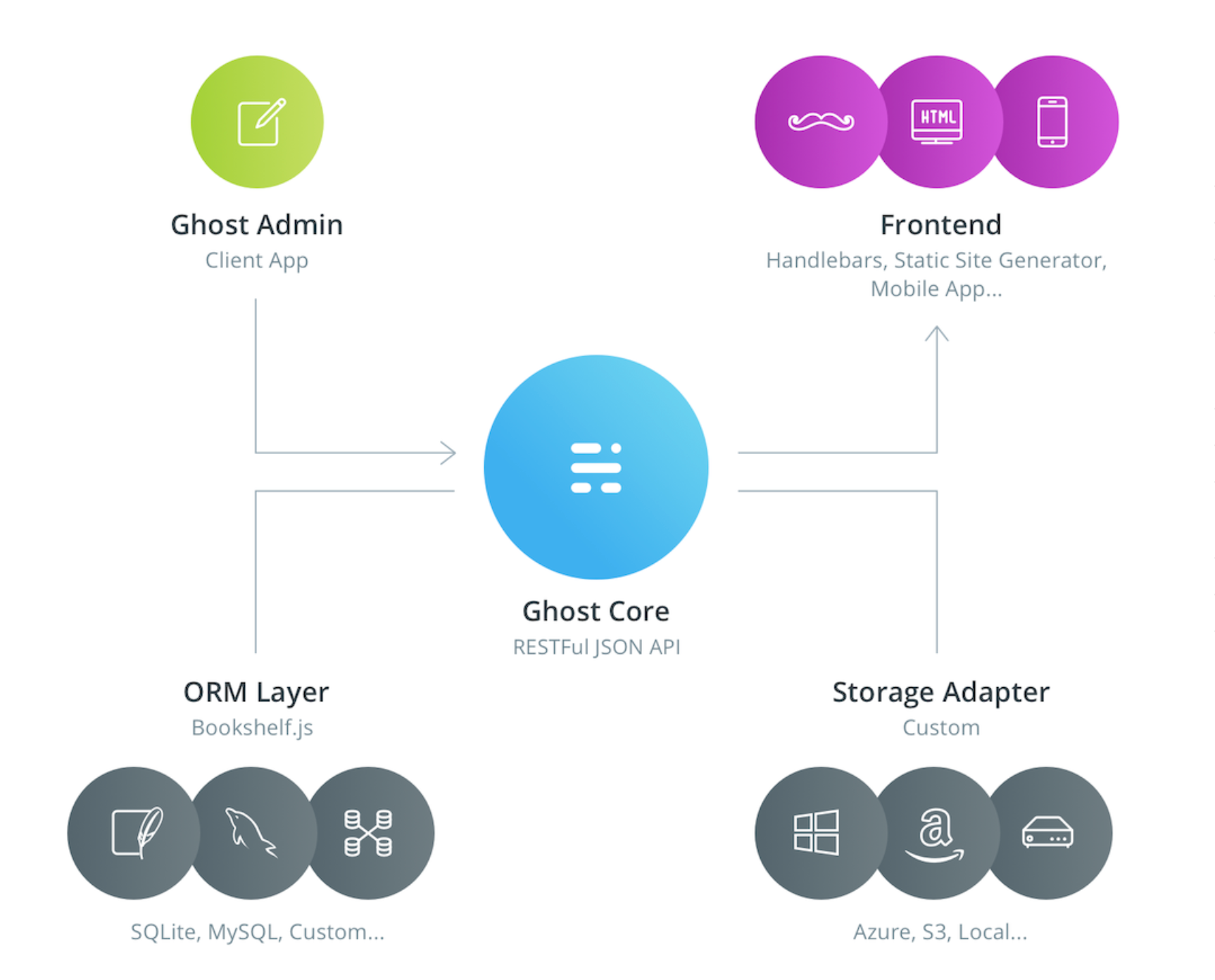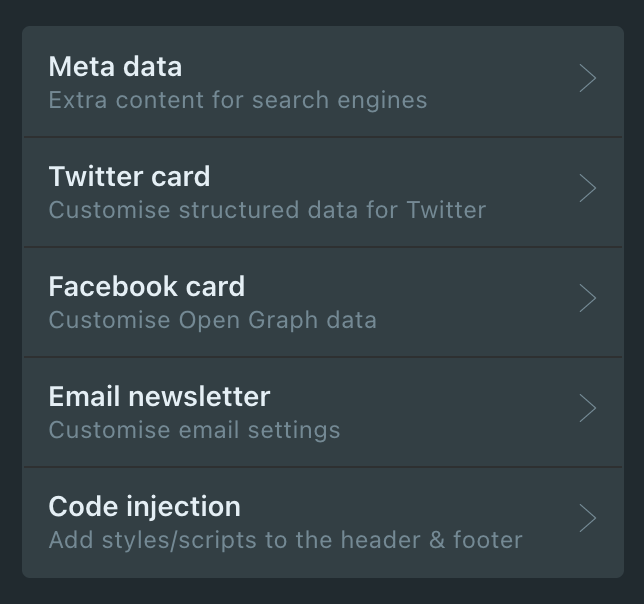Why you should consider using a publishing platform for your blog

After a couple of months of writing on Medium and Dev, I started to think about building my own blog. As a developer, I love to build things myself. But after a while of building my own blog, I realised that this approach would take a huge amount of time. Certainly, when I compared the functionality that I was building with existing platforms.
After some advice that I received from another developer, who also has a blog, I started to use Ghost. Ghost is a full-stack, modern publishing platform to create your personal blog. With their Medium-like editor, one-click mailing list feature, optional paid subscriptions for members and much more Ghost offers a complete solution for building your audience.
Now let me explain why I chose Ghost and why I did not continue using Strapi headless CMS with Gatsby.
Editor
I used to write my blogs in Markdown, which is a formatting language often used by developers. And I love Markdown, don't get me wrong. But editors, like the ones from Medium or Ghost, offer easy solutions to drag and drop images, add code-snippets, embed external media, etc...
By using this editor, I have the ability to schedule posts for a future date without having to be online. This approach allows you to write multiple posts and schedule them for the upcoming weeks. Of course, this is also possible when you build your own blog, but this will cost you some time to make sure it works properly.
Integrations
Speaking of time, I love publishing my content on Dev and Medium. And I used to write my articles in Markdown, and copy-paste them to all the platforms. This is fine in the beginning, but it's pretty time-consuming and prone to error.
This hassle is solved by using the Zapier integration from Ghost. Zapier is a platform that helps you automate workflows by creating a Zap. An example of a Zap is tweeting your published article automatically on Twitter. By creating these workflows, you can automate a lot of the process, and focus simply on creating new articles. Zapier has about 2000 integrations with other apps, so this is a powerful tool to use. It's also free for the first 5 zaps, which is all you need!
Ghost also offers about 30 events to listen on. If you want to create custom integrations, you can easily set up a service and configure your webhook in the platform. If you want more information about the available events, visit the docs.
Subscribers
When you try to start a mailing list, there are a couple of questions that pop up. My main question was, which tool do I use, and how do I manage the list easily?
Well, Ghost offers a solution to this problem. By toggling on the member-functionality, you get a subscribe option on your website. When anyone subscribes, they are added to your member list. Once someone is subscribed, you can send your new articles via mail on publishing without extra costs.
You can also export your members into another tool like MailerLite or Mailchimp so you can send additional emails that are not linked to your articles. For example, sending an email with your newest podcast or a survey!
Customisation
As a developer, I find it important to be able to customise the theme. In the beginning, it's not that important. But when you progress, you have to be able to change the design, improve user experience and add some additional features.
When you use Ghost, you can buy a theme that fits you or create your own theme. Ghost uses a combination of Javascript and handlebars. This allows you to customise the whole theme and add features on the go. You can integrate your Github with Ghost to keep track of your versions, and you could even sell your theme if you like.
Don't want to use handlebars and Javascript? No problem! Ghost offers an API to use the platform as a headless CMS. This means that you can connect any frontend to the platform without using the themes provided by Ghost or the community. This allows you to use the powerful features from Ghost together with your preferred frontend platform.

Maintainability
When you create your own blog, you will always have to maintain the code. Some APIs will change over time and some of your integrations will stop working for some reason. When you use Ghost, you pay the monthly fee to maintain the platform and add additional features. If your blog is very successful, you might also want to create other content. Using a platform like Ghost will save you time in the long run by simplifying the process.
When you have some experience as a developer, you will know that building a great application takes time. In my case, I don't have the amount of time to work on a platform and put out content. When you're already working as a full-time developer and run a side business, it's challenging to maintain the code for your personal blog without sacrificing all your time.
Metadata configuration and SEO
In creating a publishing platform, SEO and metadata configuration is important. You have to be able to configure the title and the description and make sure it's properly displayed in Google. It takes some time to configure this, and platforms like Ghost already have this in place. You get the configuration options for every post with a preview available.

Conclusion
I know I focused on Ghost as the go-to platform. The reason for this is that it's the platform that I use and I know most about. There are other platforms out there, which might be even better, but for this article, I wanted to focus on this platform.
I could go on and on about why you should consider using a platform like Ghost. But it's all a matter of the amount of effort you want to put it. If you have no other projects except for your own blog, you might want to consider building your own platform because you will learn a lot in doing so!
But when you consider a blog as one of your side projects, you might want to pick an existing platform. You do have to take into account that you have to pay the monthly fee of 36$/month or 29$/month if you pay annually. But in my case, it's more than worth it. When you build your own platform you also have to pay for monitoring, hosting, some paid integrations and other things. So before you start building, consider all the options. One of them being Ghost!




